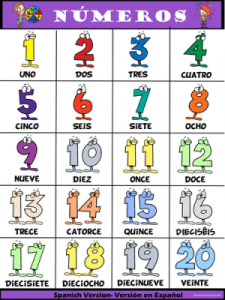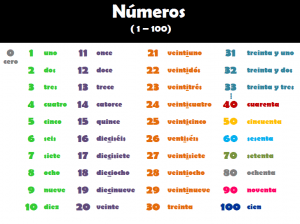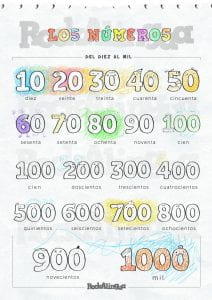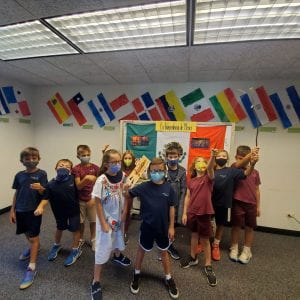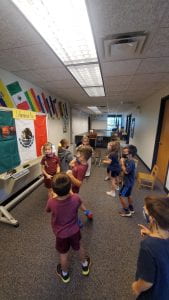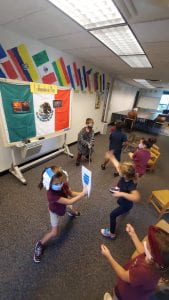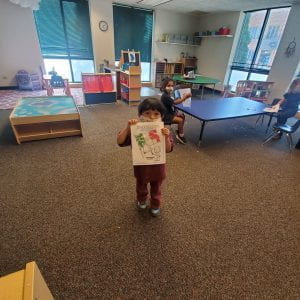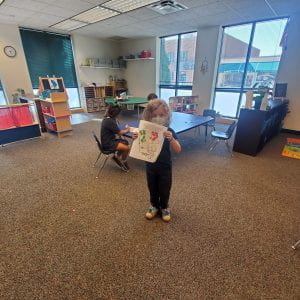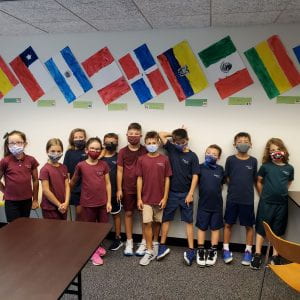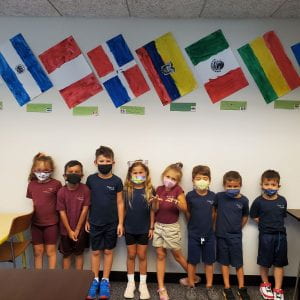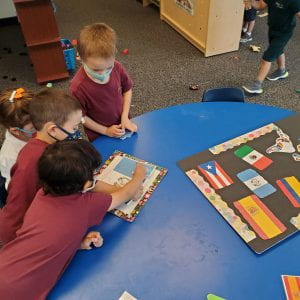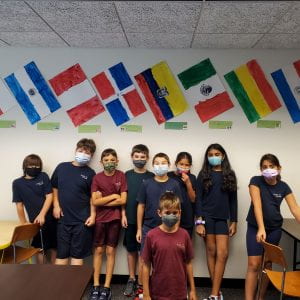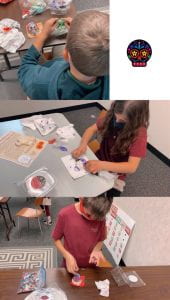El calendario, las celebraciones y las estaciones
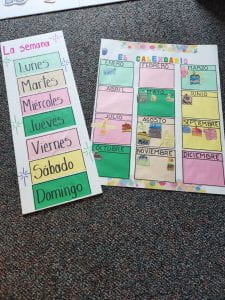
¡Hola chic@s! ¿Cómo están? Do you remember el calendario… or las celebraciones in Mexico?
During these months we learnt about the months (meses) and days (días). Some of the meses en español sound similar to English; Agosto-August, Septiembre-September, Octubre-October, Noviembre-November, Diciembre-December. We asked about our birthdays saying ¿Cuándo es tu cumpleaños? Mi cumpleaños es en Octubre. We even sang “Feliz cumpleaños a ti, feliz cumpleaños a ti, feliz cumpleaños querid@________. Feliz cumpleaños a ti.”
We also discovered the different celebraciones in Mexico and we compared them to the ones in the US. Which one is your favorite? I´ll leave them all here so you can pick! Mi celebración favorita es Día de los muertos.
¿Cómo está el clima hoy? ¿Qué estación es? We talked about how the weather is like in the different Estaciones del año. Can you name the four of them? Primavera – Verano – Otoño – Invierno
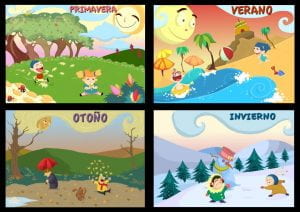
Every class is amazing with you chicos and you always make it fun to learn and play. Excited to see you every Friday. See you soon. Adios
